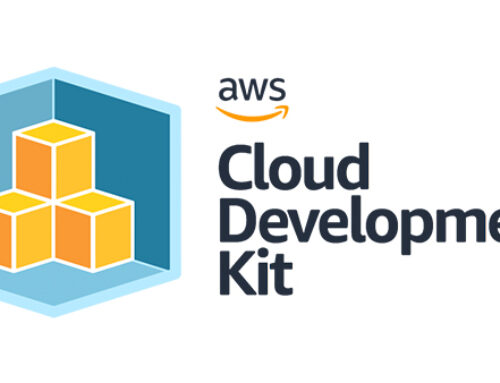
How To Create An Effective Product Specification
Anyone who aspires to create a product will feel overwhelmed by the sheer possibilities and choices. Trying to define every single thing your product can do will only waste time. Not to mention, no one would like to write a long-winded product specification document. You need a product specification that finds a balance between being prepared and agile, basically the bare minimum required to start building a great product.
What is a PRD?
A Product Requirements Document or PRD outlines the purpose of your product and specifies who will use it and how. Without it, the design and development process cannot begin. It acts as the starting point of your product.
As a product owner, you need to focus on the minimum set of features you need for the first release of your product. Minimal Viable Product is the early-stage product that possesses the essentials that make up the idea behind the product. The feedback received from the early adopters can help you decide the additional features you want to implement in the product. However, the product specification should comprise those essential features but still be adaptable to potential additional ones.
Generally, a product specification document includes the following:-
- Goals:These help in providing context to development teams. A plan helps them focus and work towards the result with a clear perspective. The purpose of the product, the objectives, the problems it will solve, the product vision, and its solutions to current issues are questions it should answer. Having clear and precise goals will help you navigate to achieve them.
- User Personas: Creating hypothetical individuals can identify the different groups of customers whom you need to satisfy. Thinking about their background can improve your chances of building a product that they need. Cover three main groups and their attributes and allow yourself to view the product through their eyes and find the best way to supply their needs.
- User Stories: Short descriptions of a feature from a user’s perspective can give pointers to eventual requirements. These stories help in design and content structure, but they do not need to be too specific. The point is to create and give the minimum information required for designers and developers to build upon it.
- Screens: Figuring out each screen or page for applications and websites can give a clear idea of what you want the product to look like. It uses the information from the personas and might highlight any requirements overlooked. Wireframes are simple page layouts that give a basic idea of the page structure and content placement. It is essentially a blueprint that shows the location of each element.
- Functional Requirements: This is to identify any applicable requirements that are not yet covered. Specifics general to the product but not significant enough for a specific user story.
- Non-Functional Requirements: This is to determine factors that are not important to the behaviour of the software itself but to your business. It includes any unique parameters that the developers will take into consideration.
Why is PRD considered to be lacking?
An entire set of requirements is made under the assumption of what the user might want or need. Using previous data or statistics that might be outdated or unreliable can misunderstand the user’s needs. PRD often invites the addition of more features than the user might need. It leads to an overflow of specifications from various teams. It can cause you to make the wrong decisions and subsequently affect the trust of your team. Most importantly, the product’s foundation cannot be a thick stack of endless pages. Shorter documents are easier to remember.
Alternatives to PRD
- Prototypes: These are easy to create and be tested on users with little effort. They would be similar enough to the final product for any data and feedback to be reliable. Users are provided with the whole visual experience and are a tangible representation of their requirements. Prototypes are more accessible to change than the final product. Any full-scale development of the final product requires a lot of time and effort.
- User stories: User stories used as specs for each feature in a set. The development team can figure out what exactly the user needs and how to solve their problems. User stories already come with a pain point, a reason behind the need for the feature and user feedback. The engineers do not lose sight of their end goal and the reason behind each part they implement.
- Wireframes and Storyboards: It may not make sense to invest in a prototype at times, which is where it is a good idea to start with wireframes and storyboards. Some teams work well with this alternative, and it is best for collaborations in a close-knit team.
Conclusion
Product management is an art, not a science. So, there is no particular concept that applies to every scenario. Figure out your process by analyzing and testing and incorporate the main sections of PRD in your approach. Work with your team and identify the best way to create a specification that suits your product.


